Hail Mary! 9 Amazing Tales of Virgin Births in the Animal Kingdom
Birds and the bees
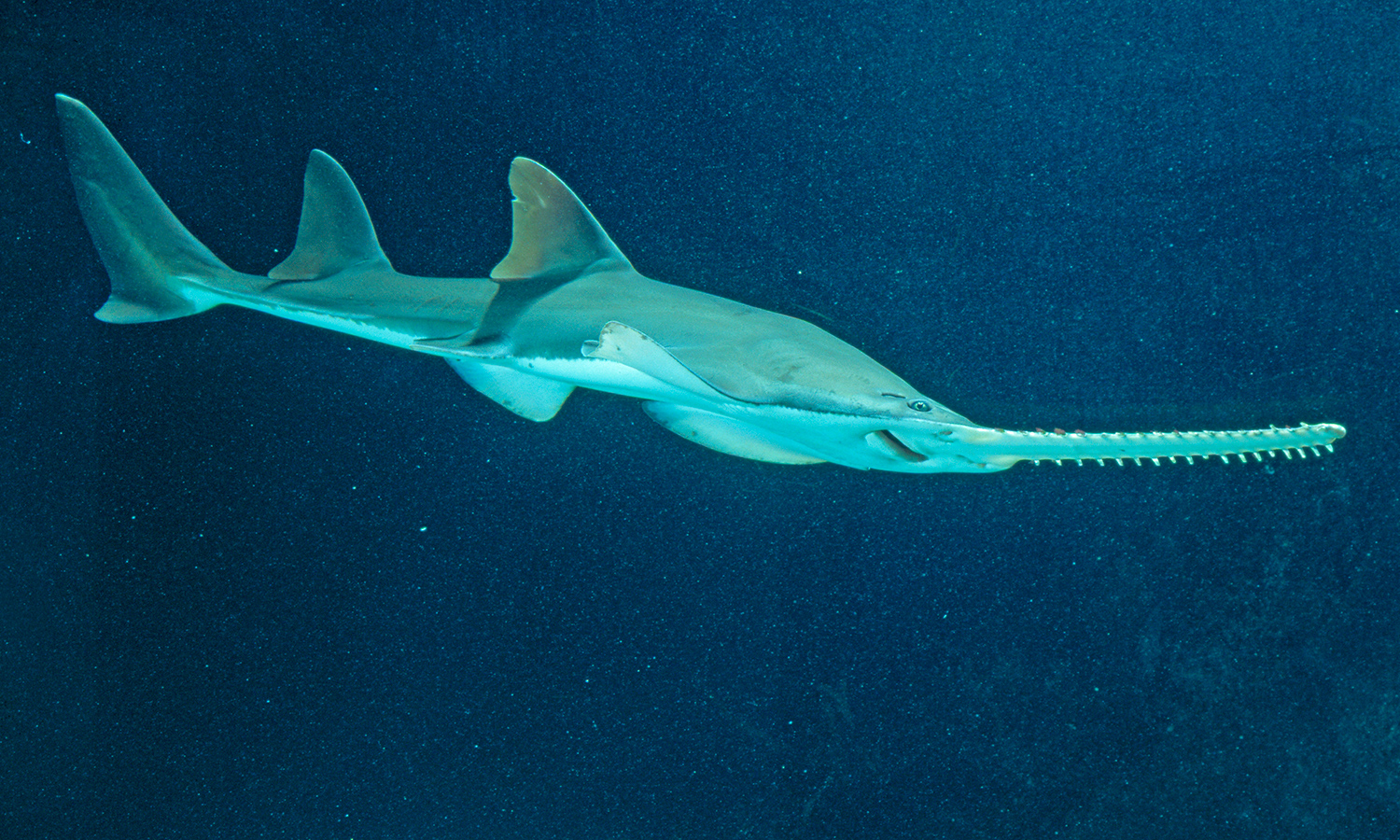
Forget what you know about the birds and the bees: Sometimes you just have to take matters into your own hands.
Reproduction typically requires sperm from a male to fertilize a woman's egg, but in some cases, nature has outsmarted the system. To cope with living in captivity, or a lack of suitable mates, evolutionary adaptations have enabled some creatures to have babies without sex. And while that may sound miraculous, it's not as uncommon as you may think. Here are nine incredible tales of virgin births in the animal kingdom.
Zebra shark
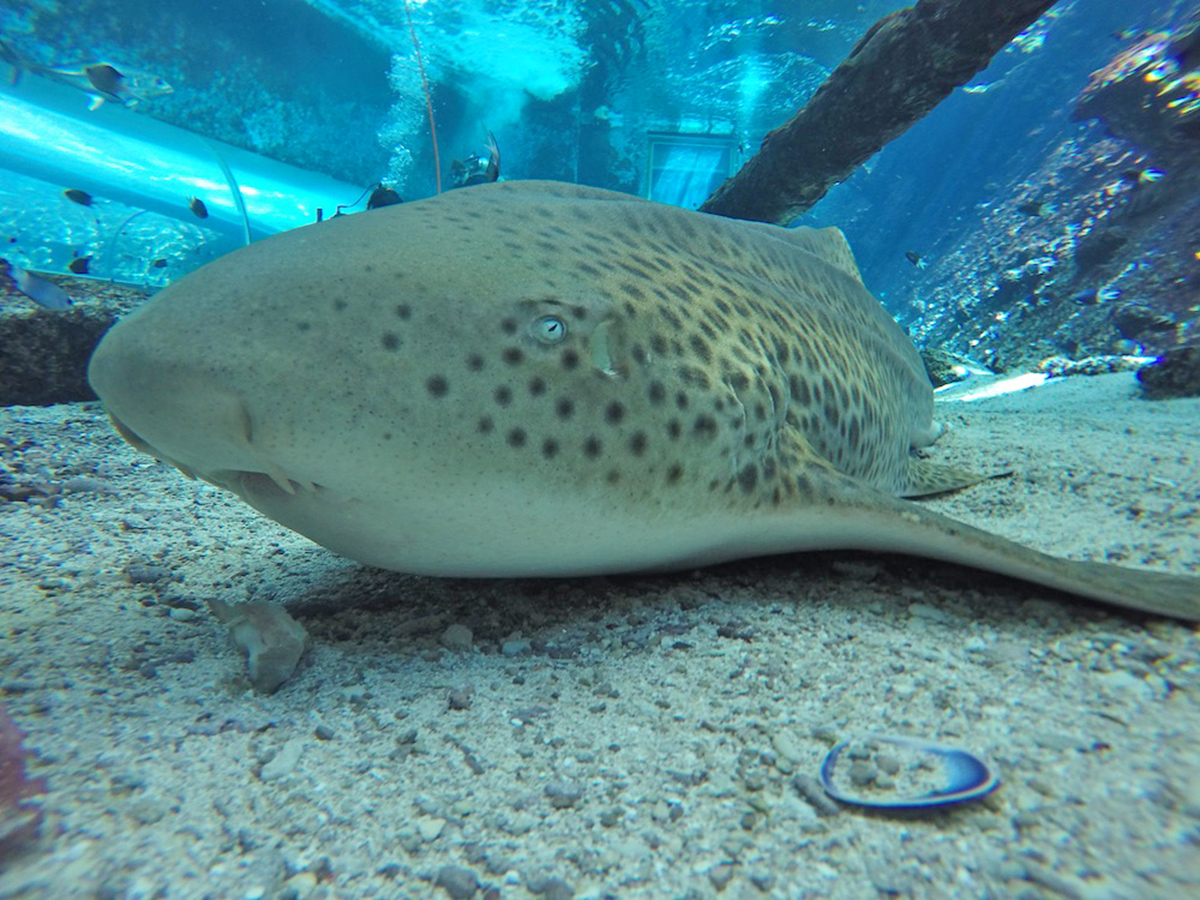
In April 2016, three baby zebra sharks were born at the Reef HQ Aquarium in Townsville, Australia. While the birth of baby animals is not altogether unusual at aquariums, these babies were born to a female shark named Leonie who had been living apart from male sharks for several years. In fact, Leonie was separated from her mate in 2012.
So what gives? At the time, biologists said Leonie could be the first shark ever observed to make the switch from sexual to asexual reproduction. The type of asexual reproduction characterized in Leonie's case is known as parthenogenesis, which occurs when embryos develop and mature without fertilization by a male's sperm. Instead, an egg progenitor cell functions as a surrogate sperm to "fertilize" the egg.
In a study published in January 2017 in the journal Scientific Reports, researchers said Leonie's case suggests that parthenogenesis could be an evolutionary adaptation to a lack of suitable mates. [Read the full story about Leonie the shark]
Yellow-bellied water snake
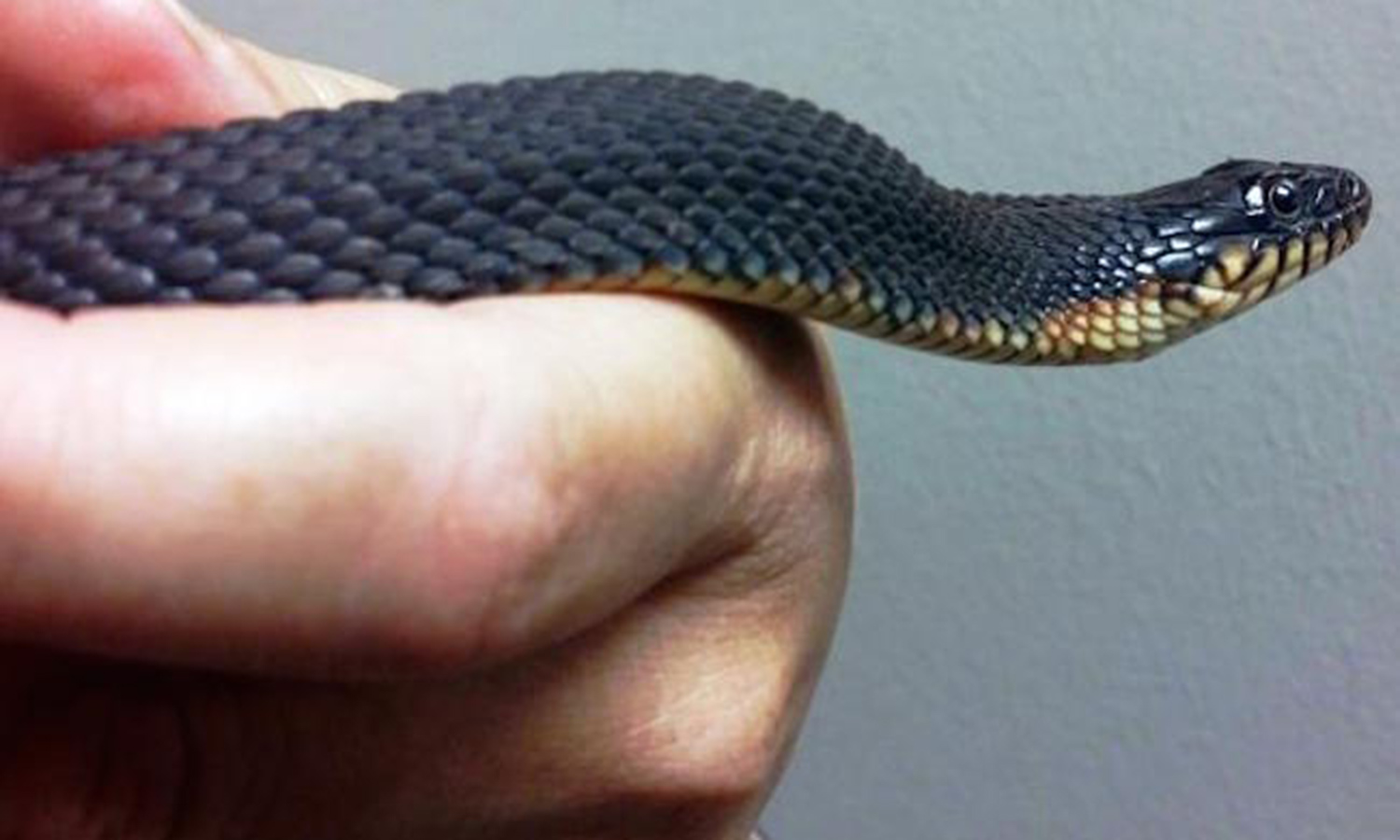
Turns out, there's at least one yellow-bellied water snake that doesn't need a man. In September 2015, a female water snake at the Missouri Department of Conservation's (MDC) Cape Girardeau Conservation Nature Center gave birth to a litter of snakes without any help from a male. At the time, the snake had not been with a male mate in eight years, and it was actually the second year in a row that she had a "virgin birth," according to MDC officials.
The female snake's impressive feat boils down to parthenogenesis, during which babies are produced by females absent of genetic contribution from a male. Scientists have seen this type of reproduction in other snake species, including copperheads, green anacondas and pit vipers.
With parthenogenesis, the normal division of cells typically results in four egg-progenitor cells, but instead of the female's body reabsorbing three egg-progenitor cells (leaving one egg), one of the female cells behaves like sperm and fertilizes the egg. Why does this happen? Essentially, this type of asexual reproduction occurs when there is a lack of suitable mates. It's evolution in action, folks. [Read the full story about the snake's virgin birth]
Komodo dragon
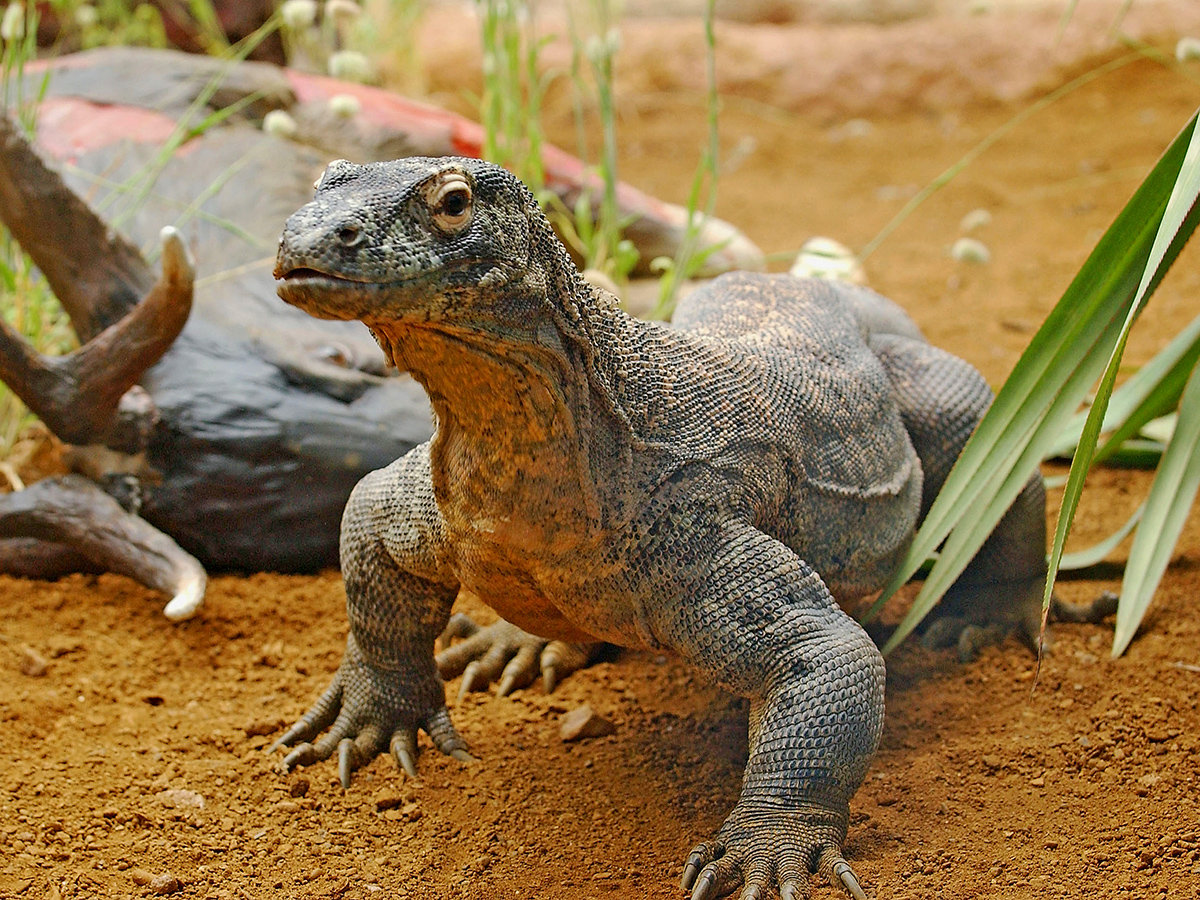
At London's Chester Zoo, a female Komodo dragon named Flora had the world's first documented virgin births of this lizard species in 2006. The reproductive process, called parthenogenesis, occurs when an unfertilized egg develops to maturity. In May 2006, Flora laid 25 eggs, including 11 that were viable. Zookeepers knew something strange was going on, because Flora had never come in contact with a male Komodo dragon while at the Chester Zoo. A paternity test confirmed that all the genetic material in the eggs had come from Flora. [Read the full story about Flora's virgin conception]
Boa constrictor
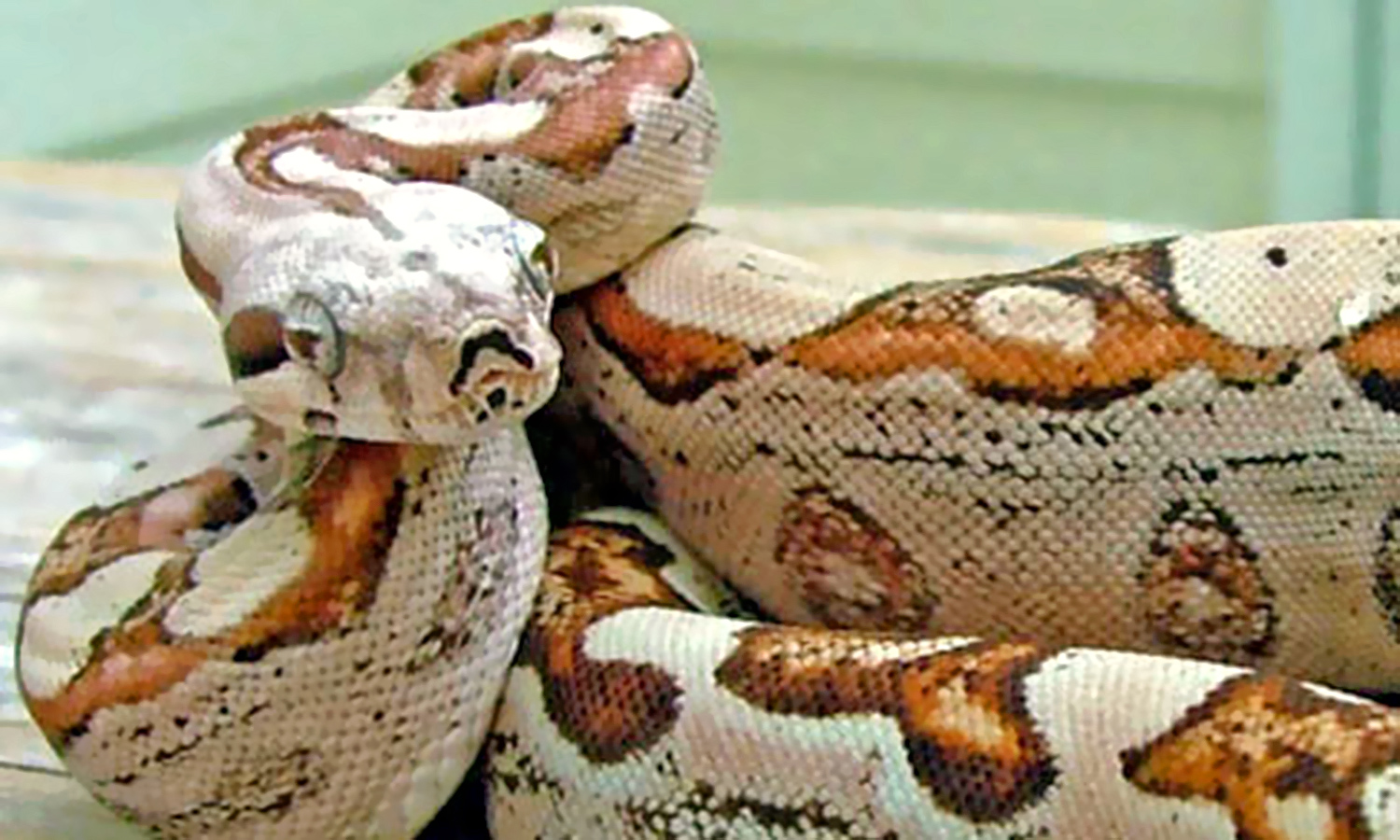
No boys allowed! In 2010, scientists discovered that boa constrictors can reproduce by virgin birth. Scientists studied a female boa constrictor from an online store that sold captive-bred boas. The female serpent had given birth to litters twice in two years. The baby boas were all female and were the same caramel color as their mother. Genetic tests revealed that the progeny did not carry any genes from any of the males that had come into contact with the female boa, indicating that they were fatherless.
Interestingly, the female boa experienced this type of asexual reproduction in years when males were present.
"Is it possible that the female selectively chose not to utilize the male sperm if breeding occurred?" study co-author Warren Booth, a population and evolutionary geneticist at North Carolina State University at Raleigh told Live Science in 2010. "Is it possible that the males were genetically incompatible with the female? We simply do not know enough about parthenogenesis in boas to speculate." [Read the full story about fatherless reproduction in boas]
Sawfish

Most "virgin births" in vertebrates (animals with a backbone) are seen with captive animals, but in June 2015, scientists published a study in the journal Current Biology describing what was thought to be the first solid evidence of virgin births in vertebrates in the wild. In Florida, smalltooth sawfish were found to reproduce without sex, instead relying on parthenogenesis.
"Vertebrate animals that we always thought were restricted to reproducing via sex in the wild actually have another option that does not involve sex," study co-author Demian Chapman, a marine biologist at Stony Brook University in New York, told Live Science in 2015.
In the study, the researchers said the babies born from virgin births regularly live in the wild. Parthenogenesis may occur in small or dwindling populations when mates are scarce, the scientists found. And though this may seem like good news for the endangered smalltooth sawfish, parthenogenesis alone is not enough to save species from extinction. Still, the researchers said the findings could inspire conservation efforts. [Read the full story about virgin births among sawfish]
Pit viper
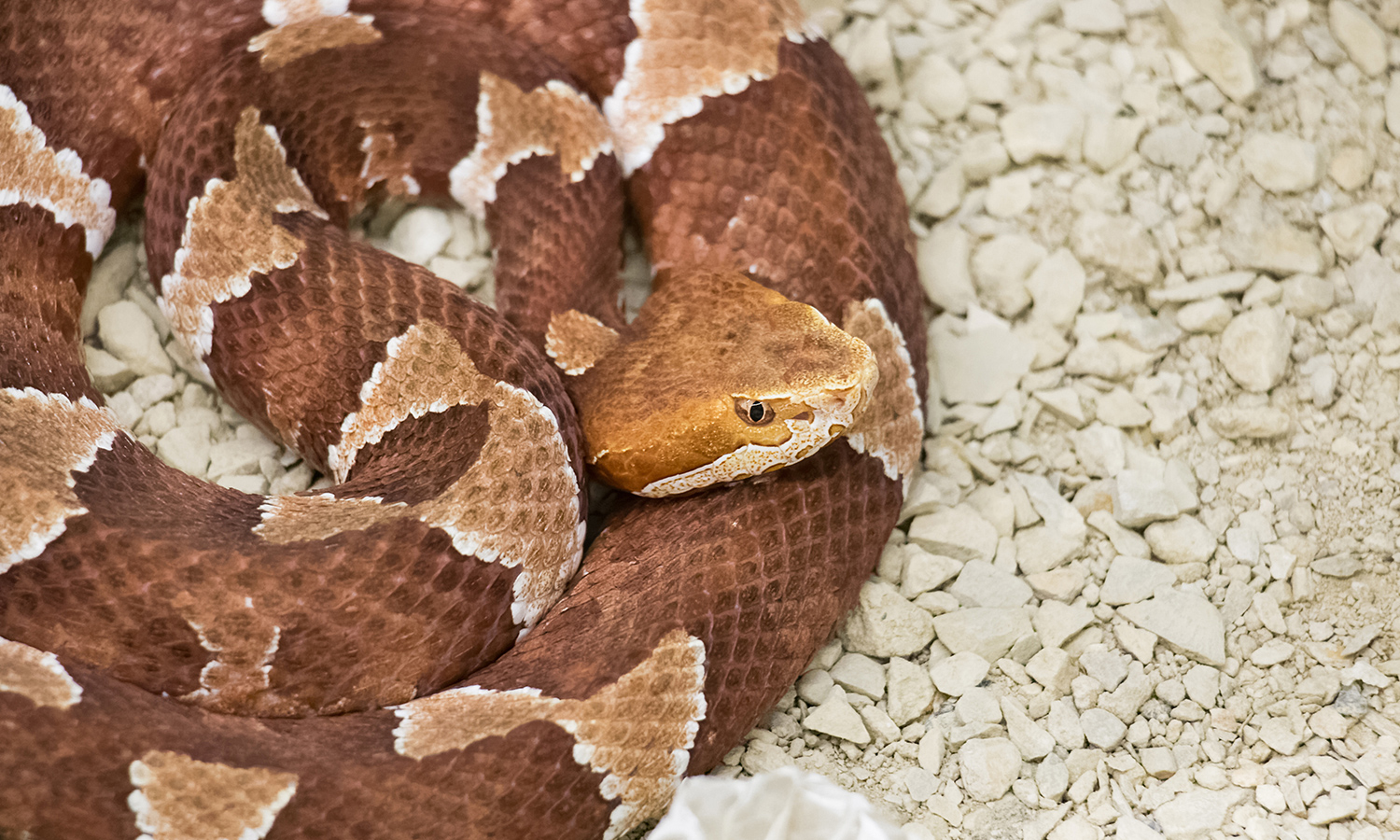
In 2011, scientists revealed that deadly pit vipers can also reproduce without sex. Researchers investigated a female copperhead at the North Carolina Aquarium at Fort Fisher. The serpent came into contact with only one male corn snake over the course of five years. Scientists said interbreeding between the two species was unlikely or even impossible. In 2009, the female copperhead gave birth to a litter, and when scientists analyzed DNA from the babies, they found no evidence of genes from a father.
"With the availability of DNA fingerprinting technologies, we are now becoming aware that the process of parthenogenesis is in fact more common than we ever imagined," study author Warren Booth, an evolutionary and population geneticist at North Carolina State University at Raleigh, told Live Science in 2011.
In the study, scientists said parthenogenesis may have evolved in pit vipers to overcome a lack of suitable mates. [Read the full story about virgin births in pit vipers]
Atlantic blacktip shark
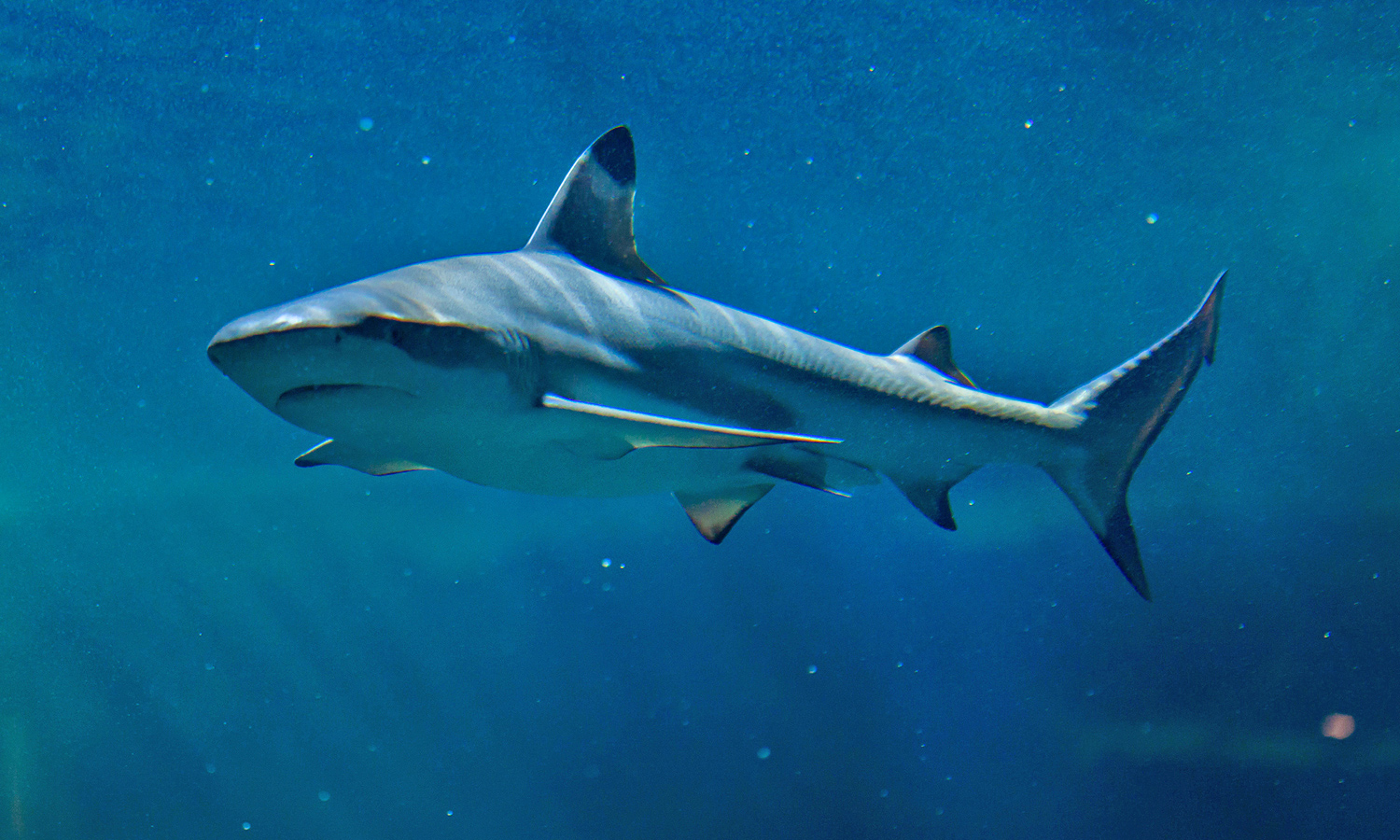
Tidbit didn't need a male to have a baby. Scientists discovered that Atlantic blacktip sharks are capable of virgin births, after performing an autopsy on Tidbit and finding that the female shark was pregnant. It was the second reported case of virgin pregnancy in sharks (the first being a hammerhead shark that gave birth to a single pup with no father).
"We have never observed her in reproductive behavior or showing typical signs of having been bred," Beth Firchau, a researcher at the Virginia Aquarium, said in 2008.
Firchau said there were no males in Tidbit's tank for the prior eight years, and scientists used genetic testing to confirm that the shark's unborn pup contained only DNA from its mom. The discovery was described in a study published in October 2008 in the Journal of Fish Biology. [Read the full story about Tidbit's shark pup]
Hammerhead shark
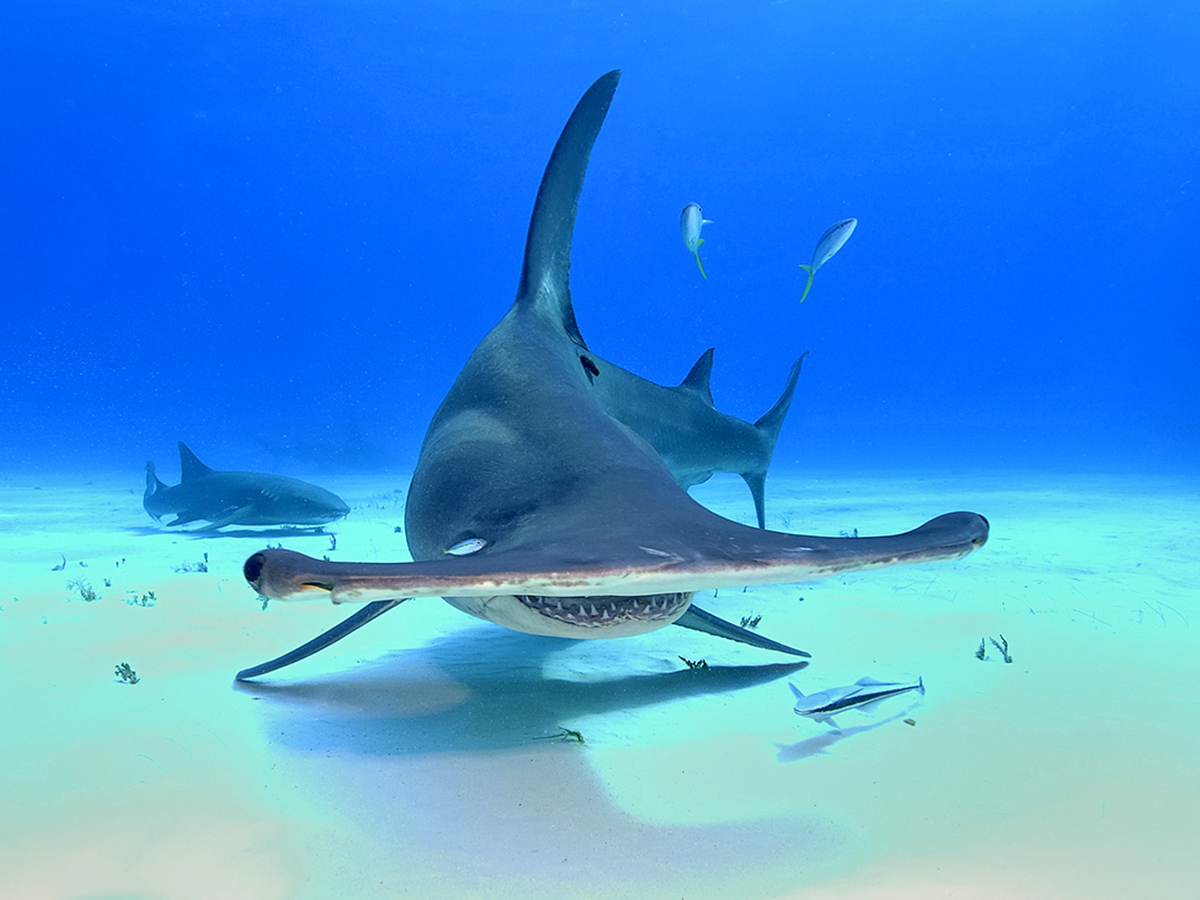
It started with the unexpected birth of a baby hammerhead shark at Nebraska's Henry Doorly Zoo in December 2001. The surprising delivery stunned zookeepers because the shark tank contained only female hammerheads. What's more, none of the female sharks, which were all caught off the coast of Florida as babies, had been exposed to a male shark during their time in captivity, according to zoo officials.
An analysis revealed that the baby hammerhead's DNA only matched up with its mother, indicating there was no father involved when the female shark became pregnant.
"The findings were really surprising because as far as anyone knew, all sharks reproduced only sexually by a male and female mating, requiring the embryo to get DNA from both parents for full development, just like in mammals," study co-author Paulo Prodohl, an evolutionary biologist at Queen's University Belfast in Northern Ireland, said in 2007. [Read the full story about the surprising hammerhead birth]
Cockroach
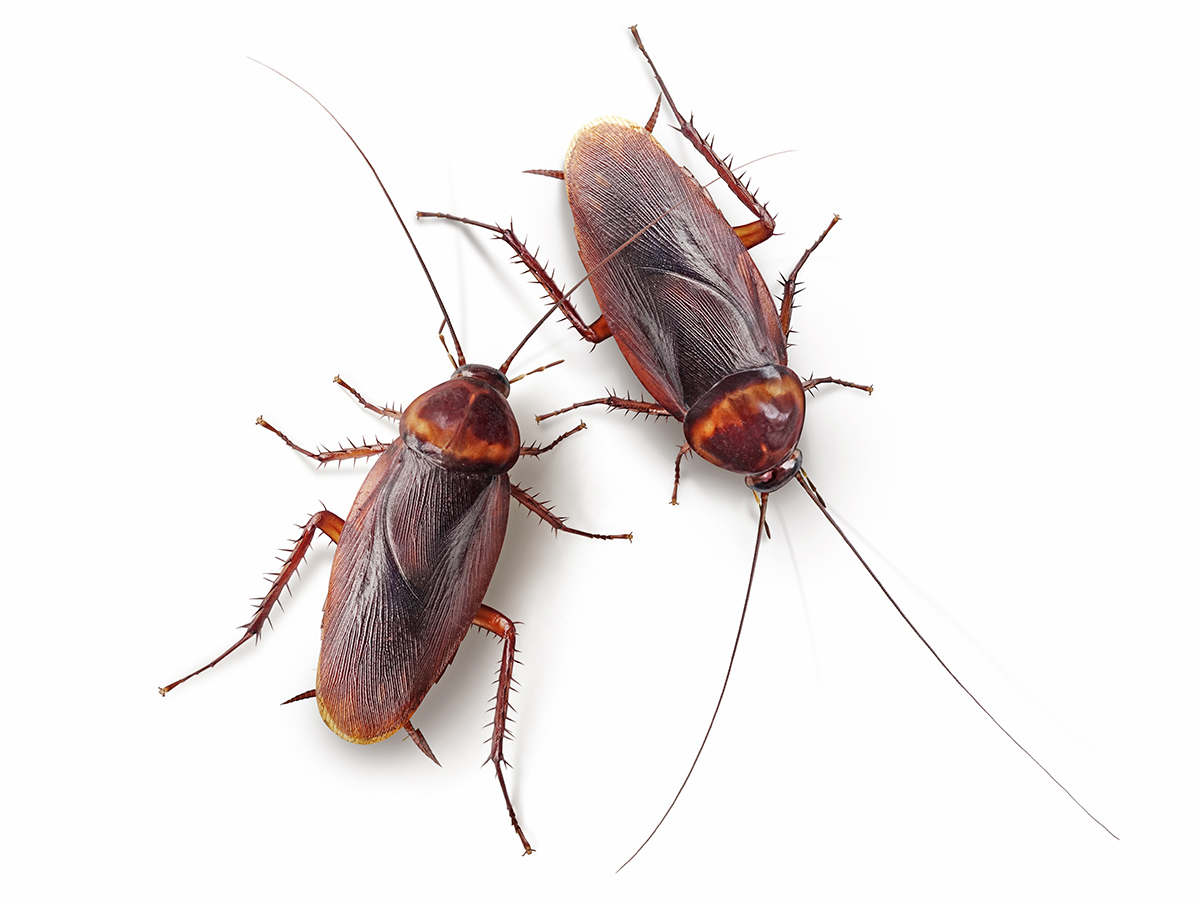
As it turns out, female American cockroaches are perfectly capable of having babies without a male. These hardy critters can produce eggs by parthenogenesis, in which unfertilized eggs develop to maturity. But while the cockroaches are capable of fatherless reproduction, they do like to synch up their deliveries with other virgin females. A study published in March 2017 in the journal Zoological Letters found that virgin female cockroaches housed together are quicker to have babies than virgin females that live alone. This could be a primitive example of female cooperation, according to the study researchers. [Read the full story about virgin cockroach births]
Sign up for the Live Science daily newsletter now
Get the world’s most fascinating discoveries delivered straight to your inbox.

Denise Chow was the assistant managing editor at Live Science before moving to NBC News as a science reporter, where she focuses on general science and climate change. Before joining the Live Science team in 2013, she spent two years as a staff writer for Space.com, writing about rocket launches and covering NASA's final three space shuttle missions. A Canadian transplant, Denise has a bachelor's degree from the University of Toronto, and a master's degree in journalism from New York University.










